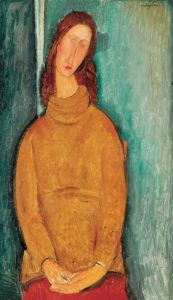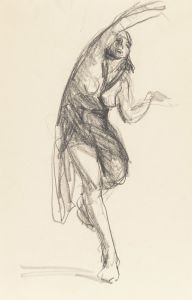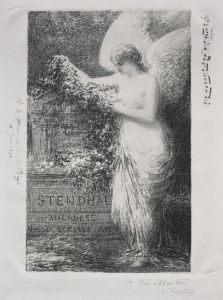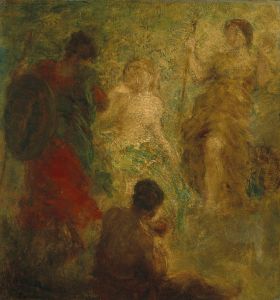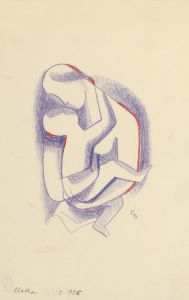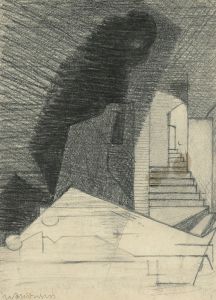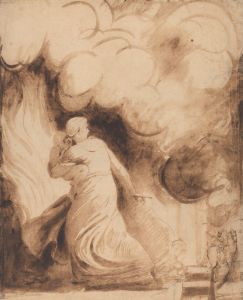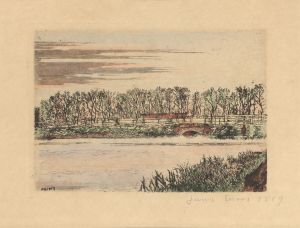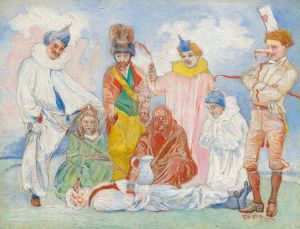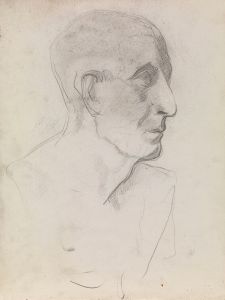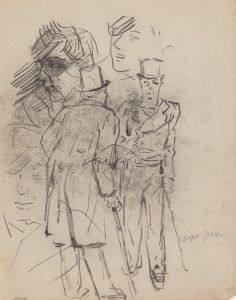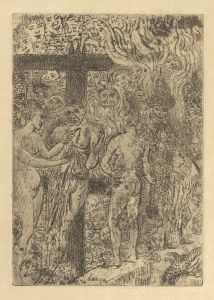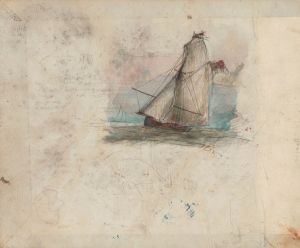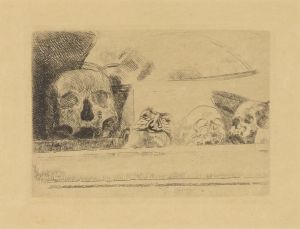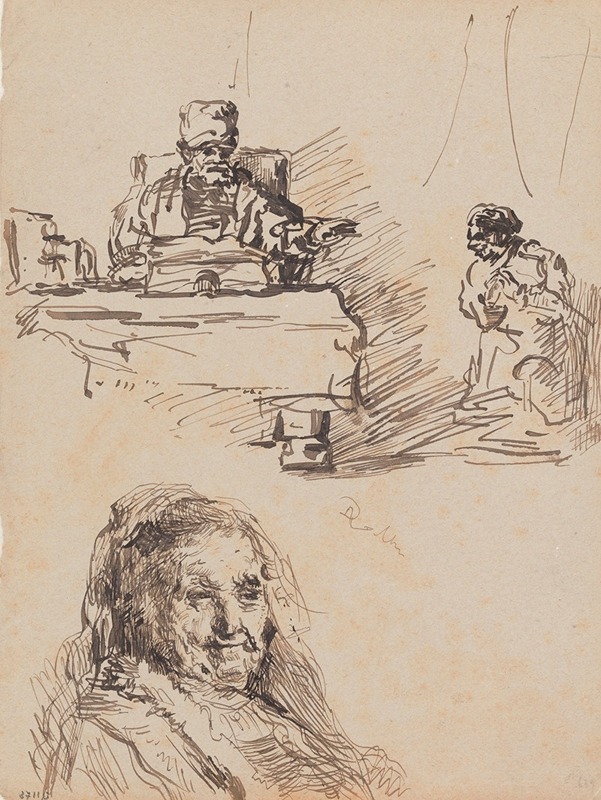
Mother of Rembrandt and Other Figures
A hand-painted replica of James Ensor’s masterpiece Mother of Rembrandt and Other Figures, meticulously crafted by professional artists to capture the true essence of the original. Each piece is created with museum-quality canvas and rare mineral pigments, carefully painted by experienced artists with delicate brushstrokes and rich, layered colors to perfectly recreate the texture of the original artwork. Unlike machine-printed reproductions, this hand-painted version brings the painting to life, infused with the artist’s emotions and skill in every stroke. Whether for personal collection or home decoration, it instantly elevates the artistic atmosphere of any space.
"Mother of Rembrandt and Other Figures" is a painting by the Belgian artist James Ensor, created in 1886. Ensor, born in 1860 in Ostend, Belgium, is known for his innovative and often controversial works that prefigured the Expressionist movement. His unique style blends elements of realism, symbolism, and grotesque imagery, often incorporating masks and skeletons to critique societal norms and human folly.
The painting "Mother of Rembrandt and Other Figures" is an example of Ensor's fascination with historical and artistic references. The title suggests a connection to the Dutch Golden Age painter Rembrandt van Rijn, specifically referencing his mother. Rembrandt's mother, Neeltgen Willemsdochter van Zuytbrouck, was a common subject in Rembrandt's early works, and Ensor's painting pays homage to this historical figure while incorporating his distinctive style.
In "Mother of Rembrandt and Other Figures," Ensor employs a vibrant color palette and loose brushwork, characteristic of his mature style. The composition features a central figure, presumably representing Rembrandt's mother, surrounded by other figures that may be interpreted as contemporaries or symbolic characters. Ensor's use of light and shadow, along with his expressive brushstrokes, creates a dynamic and somewhat unsettling atmosphere.
The painting reflects Ensor's interest in the interplay between reality and imagination. By referencing Rembrandt, Ensor connects his work to the broader tradition of European art while simultaneously challenging conventional representations. The figures in the painting are rendered with a sense of individuality and psychological depth, yet they also possess an otherworldly quality, blurring the lines between the real and the fantastical.
Ensor's work was often met with mixed reactions during his lifetime. While some critics praised his originality and boldness, others were disturbed by his unconventional subjects and techniques. Despite this, Ensor's influence on modern art is undeniable, and he is now regarded as a pivotal figure in the transition from 19th-century realism to 20th-century modernism.
"Mother of Rembrandt and Other Figures" is housed in the Royal Museum of Fine Arts in Antwerp, Belgium. The museum's collection includes several other works by Ensor, providing a comprehensive overview of his artistic development. This painting, in particular, exemplifies Ensor's ability to merge historical references with his unique vision, creating a work that is both a tribute to the past and a commentary on the present.
In summary, "Mother of Rembrandt and Other Figures" by James Ensor is a significant work that showcases the artist's innovative approach to painting. By drawing on historical references and infusing them with his distinctive style, Ensor creates a compelling and thought-provoking piece that continues to resonate with audiences today.





